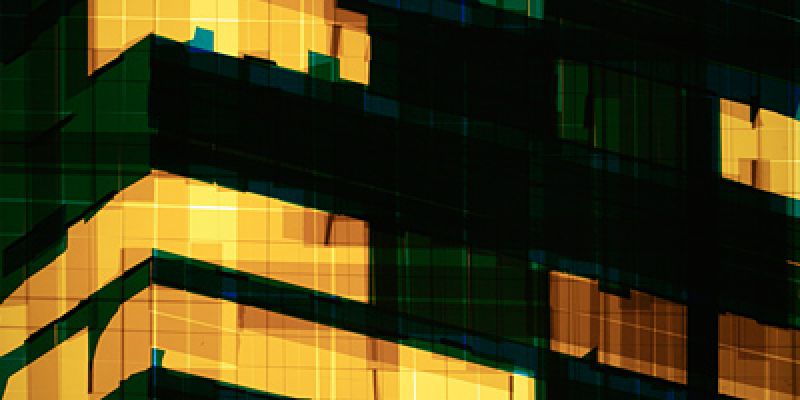REVIEW: We Want More: Image-Making and Music in the 21st Century @ TPG
Undoubtedly, prevailing zeitgeist for the last decade has been the development and self-critique of social media. If the 70s spawned the Me Generation, then surely, the last decade belongs to the We Generation and our collective, incessant sharers of information and images. Take your pick from Instagram, Pinterest, YouTube, Facebook, Tumblr, Flickr or Twitter to date, or previous incarnations.
The need to massage online (and off-line) egos has become an obsessive one, as has the desire for gif-me-quick imagery. The consumerist aesthetic that ties in with strong brand awareness presents us as discerning self-curators and stylists.
Music performers and their savvy strategists have tapped into this, deploying social media to build lines of communication with fans. Lady Gaga and Katy Perry are just two stars using Facebook and Twitter to share pictures and videos as a way of creating bonds. Earlier this year, it was estimated that Perry had almost 64 million Twitter followers – a sure sign that, as a means of building your fan base, social media works.
We Want More: Image-Making and Music in the 21st Century, an exhibition at London’s Photographers’ Gallery, takes a look at how image-makers, musicians and their devotees have, in many cases, formed a strong, mutually beneficial alliance.
The exhibition, neatly divided into two parts, threads a narrative between photographers — who play a significant part in building the fame of musicians — and music fans, whose devotion is pivotal to the success in making them stars.
Jason Evans’ publicity photographs of Radiohead taken between 2001 and 2008 were taken when he spent time on the road with them. Evans’ subjective images rely more on technique and less on straightforward portraiture to allow for the band’s identity. This, then, is persona-building dependent on specific photographic processes — his startling colour-streaked imagery and ‘bullet-riddled’ contacts adding to the band’s enigma.
Stylists Inez and Vinoodh opt for a completely different approach. In their pictures, Lady Gaga, in a’s reflection of her discrete personalities on YouTube and on Facebook personalities, gazes towards are presented to the camera in wearing a selection of guises, each more theatrical than the last.
There’s Gaga is captured as a hippy chick, as Goth, and even as a Pre-Raphaelite muse. In looking at these photographs, you get one is struck with a strong sense that the singer knows exactly what she wants to project and how. More multi-personas of the singer, in an installation of her pop videos, continue the theme of allure and image construction.
Also included to underline the intention of the music industry’s use of visual stimuli to attract and beguile, some of the most stunning music videos ever produced were included in the exhbiition. Directed by such luminaries as Jonathan Glazer (Radiohead’s Karma Police), Michel Gondry (Foo Fighters) and Spike Jonze (The Pharcyde’s Drop), these works are profile enhancers as well as promotional tools.
In the second part of We Want More… we see adoration taken to the dizzy heights. Whereas before, fans wrote to film and music stars and, maybe, if they were lucky, they’d receive a reply, in a series of photographs of Jackson fans, shot by Lorena Turner, the public went to extraordinary lengths to emulate their idol. Every detail – from Jackson’s glove to his dramatic make-up, and even his nose — is lovingly recreated; appropriation taken to extremes. In this montage, Turner encapsulates the essence of fan worship – slavish adulation, mimicry and the birds-of-a-feather factor.
We Want More: Image-Making and Music in the 21st Century takes disparate strands to weave a rich tapestry of the music industry. It’s all here: garage clubbers, as captured by photographer Ewen Spencer, Ryan McGinley’s pictures for The Face magazine and Ryan Enn Hughes’ series of gifs based on Katy Perry’s pop Video: Birthday – his variation on a theme: the memes put online by fans.
-Frances Green




